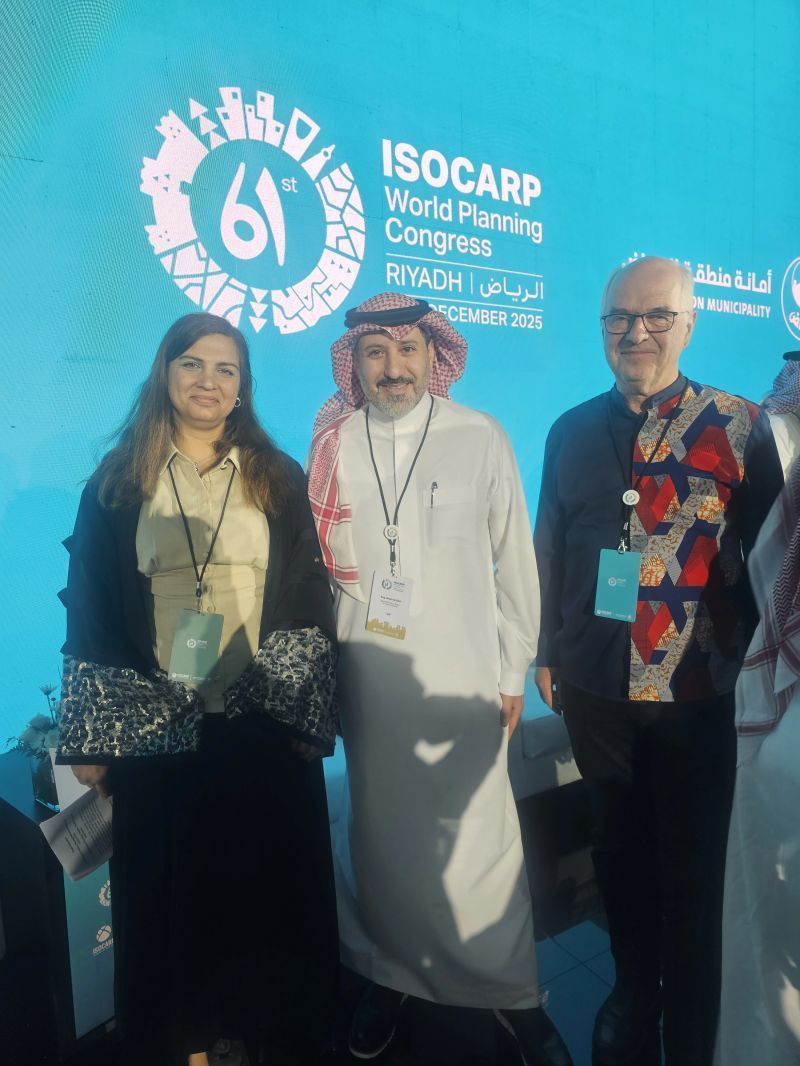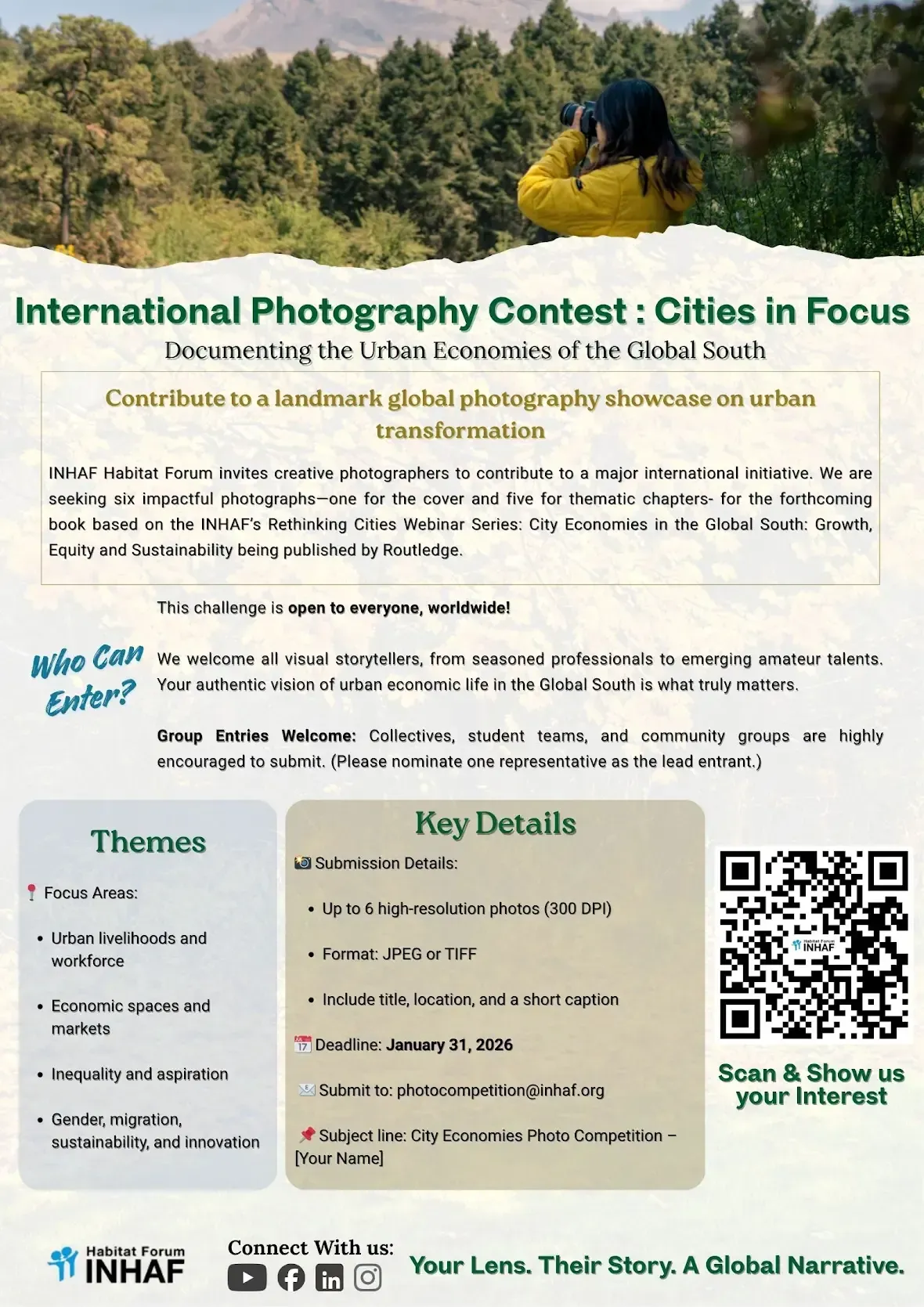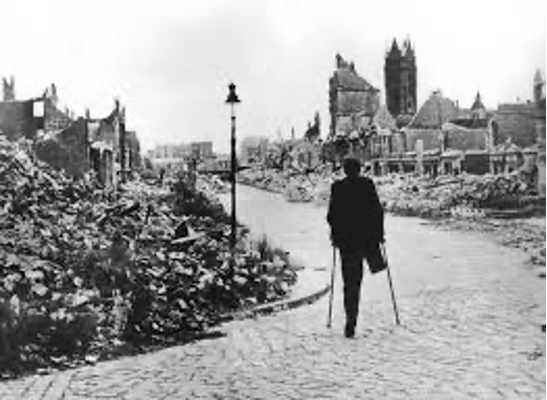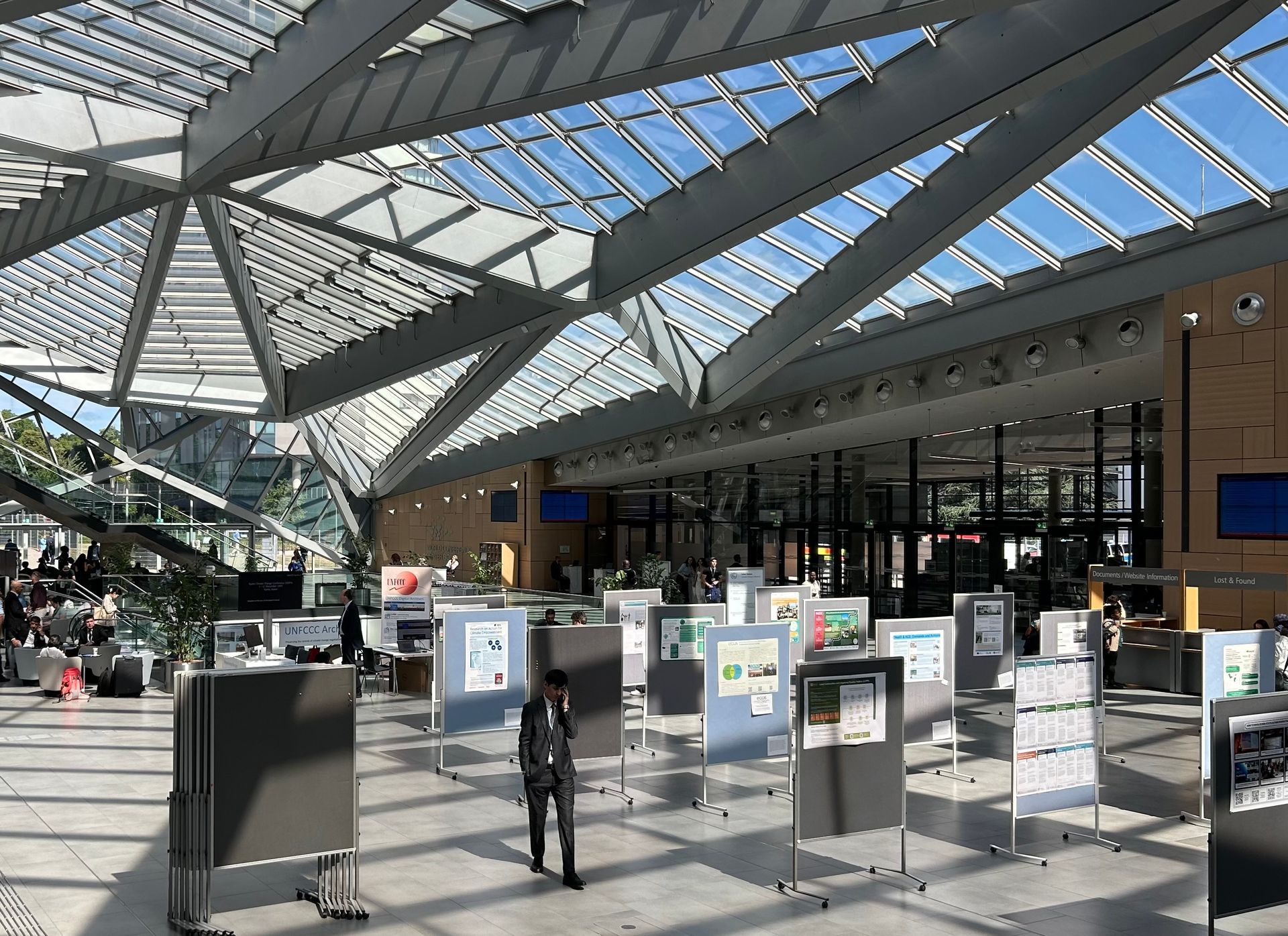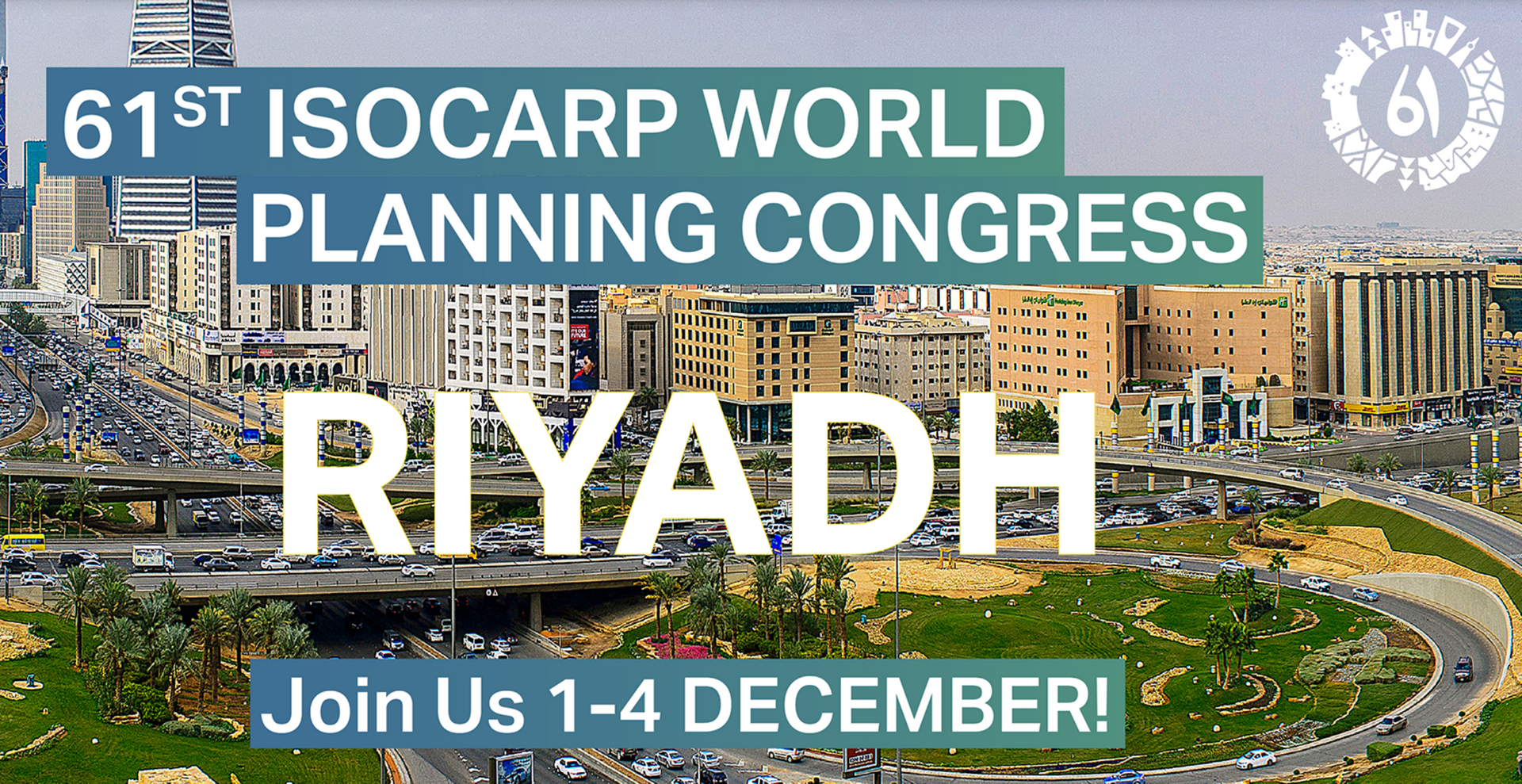Ending Yemen’s Long Conflict as a Call for Urban Planning and Development - The State of the Yemeni Cities
Serious Opportunity for Ending Yemen’s Long Conflict
The recent normalisation of relations between Saudi Arabia and Iran has provided welcome impetus also towards peace in Yemen.At a UN Security Council meeting in April 2023 Hans Grundberg, Special Envoy of the Secretary-General for Yemen, said that the country is experiencing the longest period of relative calm yet in this ruinous war, with food, fuel and other commercial ships flowing into Hudaydah. He pointed to the recent agreement in Switzerland ‑ under the auspices of the United Nations and the International Committee of the Red Cross (ICRC) ‑ to release almost 900 conflict-related detainees from all sides. “The emotional scenes of the detainees being released over the last few days demonstrated the power of peaceful negotiations,” he said, noting that the release operations reunited hundreds of Yemeni families. However, “escalation can quickly reverse hard-won gains”, unless the parties take bolder steps towards peace, he warned, stressing that Yemenis still live with unimaginable hardship every day. There is still a long way to go to UN-mediated political talks between the conflicting sides and a possibility of peace in the country. However, when that comes authorities have to be ready to work on recovery of the country and its cities. A starting point on this way may be the engagement of UN-Habitat in the country and the State of the Yemeni Cities report produced during the ongoing war and under conditions of the Corona pandemic.
https://press.un.org/en/2023/sc15258.doc.htm
State of the Yemeni Cities
UN-Habitat established presence in Yemen in 2018. The UN agency is focusing on helping the most vulnerable, most affected population in a number of cities to rehabilitate damaged housing and community infrastructure facilities and systems. In addition, it worked on city profiling and compiled already in 2020 data for a State of the Yemeni Cties Report.

According to the publication the State of Yemen Cities is intended as a source of information on the current state of Yemeni cities, and as a starting point for a further structured process for support and engagement with national and local partners to set urban priorities and programming goals moving forward. The information and analysis in the report contribute towards a diagnostic, or shared understanding, of key challenges, gaps, capacities, and areas of opportunities in Yemeni cities. The report provides a foundation for identifying immediate, medium, and longer-term urban needs and priorities in a holistic manner for conflict-resolution, reconstruction, recovery, and transformation.
The report builds on city level analysis conducted by the Universities of Aden and Sana’a as well as the seven UN-Habitat City Profiles developed for the following cities: Aden, Al Hawtah, Al Hodeidah Sa’dah, Sana’a, Ta’iz, and Zinjibar. The City Profiles were produced in parallel to this report, and provide insight into the political, social, and economic conditions on a city and sub-city level. Whereas the State of Yemen Cities gives a cross-city and overarching analysis drawing on the information from the City Profiles, the City Profiles should be consulted for more granular information on specific cities. Many of the cities are facing the same key challenges and constraints, but the analysis in the State of Yemen Cities report also suggests how and why the conflict and systems’ shocks are produced or manifests differently across cities.
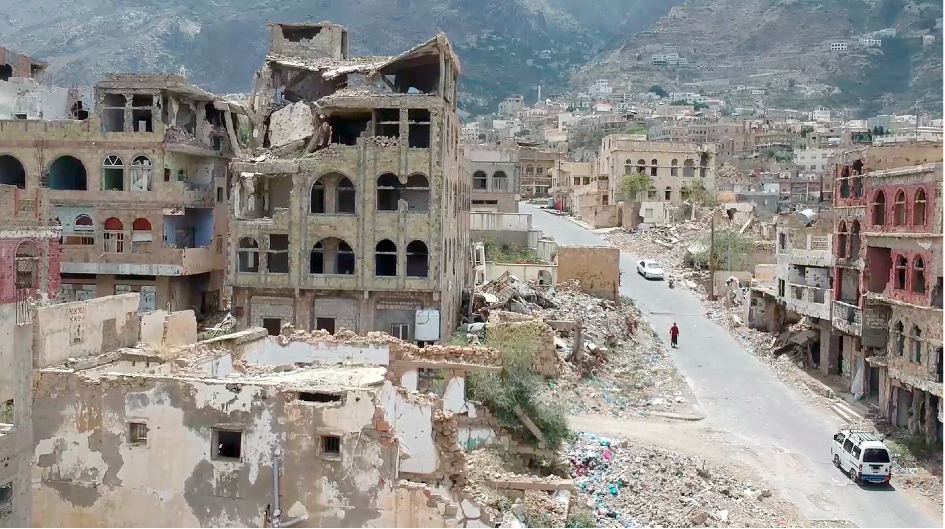
Destroyed area in Taiz (UN-Habitat 2020)
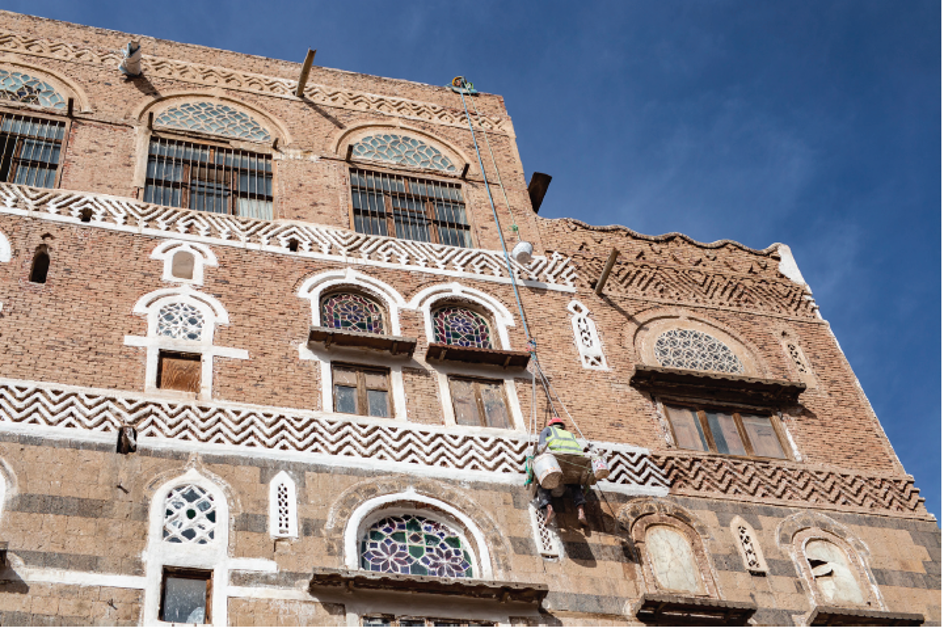
Reparation works in Sana’a (UN-Habitat 2020)
Towards a Urban Recovery Framework
Of course, the report with its data compiled mainly in 2020 is no blueprint for development. Given the pervasive information gaps and unreliable data for Yemen, including very limited urban-specific data available, the report should not be read as a comprehensive overview of urban challenges or needs in Yemen. The analysis does, however, provide important insight into the situation in Yemeni cities, and serves to highlight areas to focus potential interventions and further investigations.
The two key contributors to the report, teams at the University of Sana’a and the University of Aden have developed analysis on ten selected cities the report focuses on. The universities contributions have been developed by researchers within their respective fields, building on their insight and knowledge of the Yemen context as well as unpublished academic material to create two technical versions of the report. These technical versions report developed by the University of Aden and Sana’a have been verified by a number of city and government officials and sector experts. Three consultants have then synthesized the material of the technical versions and city profiles into one report. Having served as one of the three consultants I am aware of the challenges to work home based in Germany during Corona with limited possibilities to collect additional data on the situation in Yemeni cities.
The State of Yemen Cities is intended as a source of information on the current state of Yemeni cities, and as a starting point for a further structured process for support and engagement with national and local partners to set urban priorities and programming goals moving forward. The information and analysis in the report contribute towards a diagnostic, or shared understanding, of key challenges, gaps, capacities, and areas of opportunities in Yemeni cities.
The Urban Recovery Framework (URF) is an enabling institutional and policy framework including related programming to support resilient urban recovery at scale, and the renewal of the social contract. Contrary to most post-crisis tools, which are organized on purely sectoral lines without recognising their inter-dependence in urban areas, the URF recognizes the need for both immediate response and longer-term adaptive and transformative measures in localised response in cities, based on needs, gaps, and priorities. The State of Yemen Cities provides a foundation for identifying immediate, medium, and longer-term urban needs and priorities in a holistic manner for conflict-resolution, reconstruction, recovery, and transformation and as such it represents the first step in a larger consultative and collaborative process to develop an URF for Yemeni cities. Obviously, such an URF is needed now at a moment where there is a serious opportunity for ending Yemen’s long conflict.
Visit also UN-Habitat's Urban Data Portal Yemen. https://yemenportal.unhabitat.org/
Policies and Governance for Resilient and Sustainable Cities and Regions
